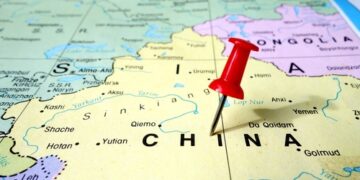Women make up only an estimated 2% of the world’s maritime workforce
Women make up only an estimated 2% of the world’s maritime workforce. Women seafarers work mainly in the cruise and ferries sector, often for Flags of Convenience (FOC) vessels. These are among the worst paid and least protected of jobs at sea. Women also tend to be younger, and fewer are officers than their male crew mates.
Women can face discrimination even getting into seafaring work. In some countries, for example, maritime education and training institutions are not allowed to recruit women to nautical courses. Women tend to enrol on navigation rather than engineering courses. Even once trained, they may have to face prejudice from ship owners who won’t employ women.
Once employed, women seafarers may also face lower pay even though they are doing work equivalent to that of male colleagues. Women may also be denied the facilities or equipment available to male workers, which is a form of discrimination.
How can companies improve conditions for women seafarers?
Sexual harassment is a reality for many women at sea. This can range from persistent verbal harassment and inappropriate comments, to physical assault. However, cruise-sector companies which have established high-profile sexual harassment policies, seemed to have been able to reduce the number of incidents of harassment, and to encourage women to seek company support in such situations. There seems to be less attention to these matters in the cargo sector.As concerns other issues, such as maternity benefits and availability of certain products required by women, it seems we have a way to go.
What are some of the advantages of having women aboard ships?
A great advantage is that it creates a more normal social environment. This is particularly important because the nature of seafaring life has changed in recent years. There is less time to go ashore and there are less people on board. Having women as part of the crew can reduce the sense of isolation felt by many seafarers. Furthermore, recent labour surveys of the shipping sector have indicated an existing – and growing – shortfall of certain categories of seafarers, particularly officers.Women are an underutilized source of maritime talent which we need to draw upon to make up this shortfall.
What can be done to improve conditions for women at sea and attract them to the seafaring profession?
The maritime community has a number of parts: companies, trade unions, seafarers’ welfare organizations, and others. They each may have a role. Companies, for example, could try to place new recruits aboard vessels with women officers. Sexual harassment policies are, of course, important. Trade unions should take up these matters and other issues, such as maternity benefits, when negotiating collective agreements.
Learn more about women seafarers by clicking at articles below
Women seafarers: Fighting against the tide? As on land, so by sea: Women join the ranks of seafarers
Women Seafarers and their Identities





























































